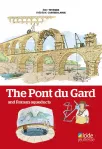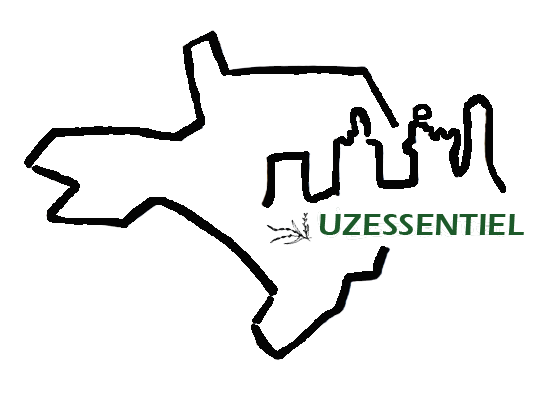The Pont du Gard and Roman aqueducts for kids
READINGS - Kids can have fun too reading! Here is a good example with a book written by Eric Teyssier, who teaches Roman History at the Université de Nîmes and experimental archaeology.
 Aqueducts may well be the most significant works of Roman civilisation. Every city wanted to have abundant water for its fountains, and for the baths that the Romans particularly appreciated. Rome had up to eleven aqueducts! The Nîmes aqueduct, built in the first century AD, is about 50 kilometres long with a slope of 12 metres… amounting to just 25 centimeters per kilometre.
Aqueducts may well be the most significant works of Roman civilisation. Every city wanted to have abundant water for its fountains, and for the baths that the Romans particularly appreciated. Rome had up to eleven aqueducts! The Nîmes aqueduct, built in the first century AD, is about 50 kilometres long with a slope of 12 metres… amounting to just 25 centimeters per kilometre.
The ingenuity and skill of Roman surveyors and architects did not end there. To cross the gorges of the River Gardon, they had to build the Pont du Gard. How did they achieve this? How many labourers worked on this construction site? How has this work managed to survive for centuries? When did it acquire its name?
The historian Eric Teyssier recounts the construction of this unique work, and the technical challenges that had to be overcome. In addition, he depicts every aspect of Roman aqueducts as well as everyday life in this era, in which water played a primordial part.
The book can be found at the @Maison de la presse d'Uzès or online, on the publisher website, the éditions Alcide.








